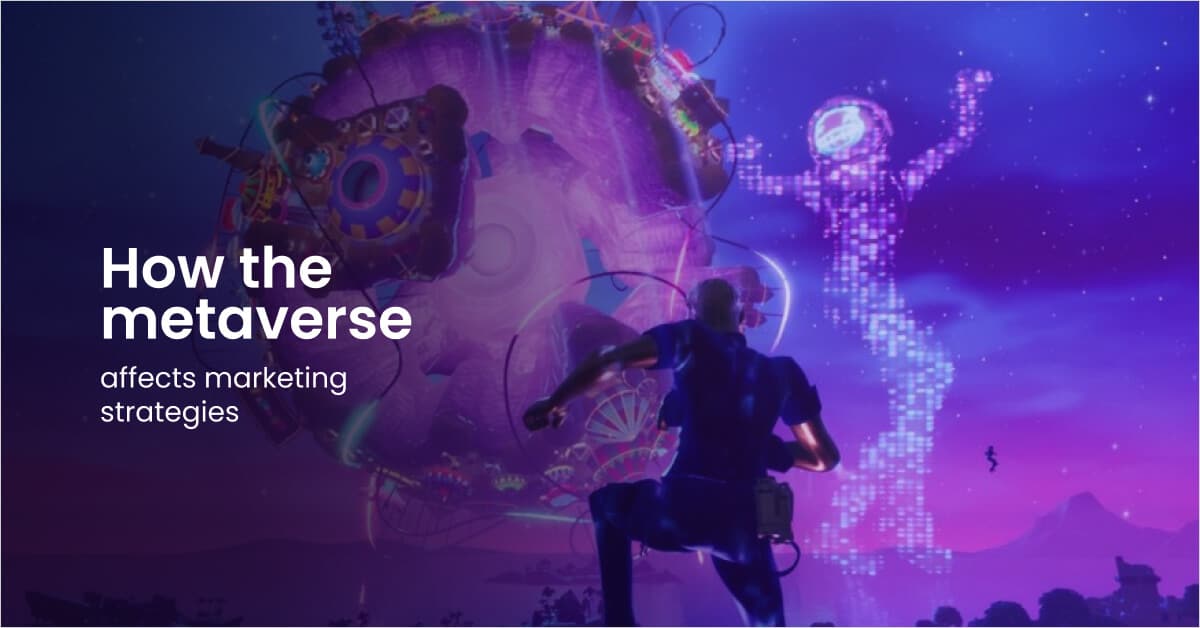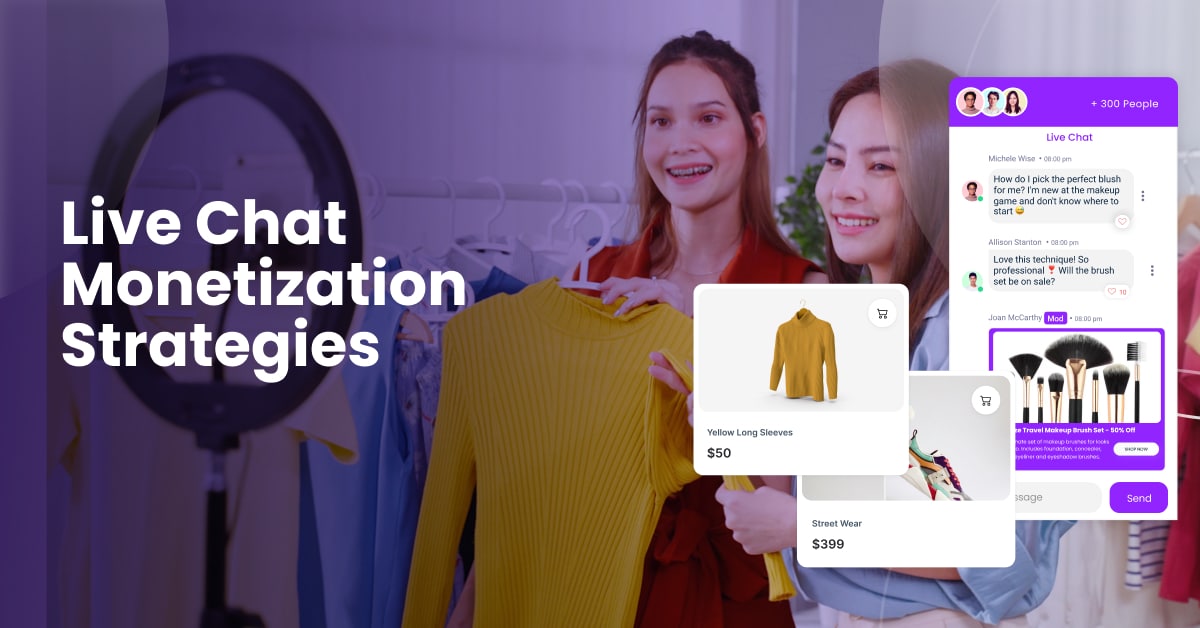The metaverse – the next phase of the Internet – is coming soon. This trend has the potential to transform how you interact with customers and how you market. Before going much further, there is a fundamental question we need to answer: what is the metaverse?
What Is The Metaverse?
In his novel Snow Crash, the term metaverse was initially coined in the 1990s by science fiction author Neal Stephenson. While the word itself has been around for decades, Facebook has recently emphasized it to a much greater degree. In October 2021, Facebook announced that it was changing its name from Facebook to Meta. The change reflects that Facebook has invested substantially in other areas beyond social media, such as investments in virtual reality.
In simple terms, the metaverse is a new way of connecting with other people in immersive online worlds. It will involve several technologies such as augmented reality (AR), virtual reality (VR), mobile devices, and high-end graphics capabilities. Today, most metaverse efforts are primarily focused on video games and entertainment. However, there is also potential to create conferences, trade shows, and shopping experiences in the metaverse.
The Metaverse Impact on Marketing Strategies
As the metaverse becomes more significant, marketers are wondering how it will impact their growth strategies. The impact will vary from company to company depending on how digitally savvy your customers are and your existing technology. Over time, we expect the metaverse to impact marketing in the following ways.
Drive Higher Engagement With Immersive Experiences
The metaverse focuses on creating a digital experience with audio, video, and more. Over time, marketers will be able to create virtual reality experiences for companies. A few early adopters are already creating these kinds of experiences at conferences and events. For example, the CES conference has featured virtual reality experiences since at least 2017.
Brands and marketers who successfully create immersive experiences for their customers have the potential to drive more sales and conversions.
Establish A Presence In Virtual Worlds
The metaverse will feature virtual worlds where users can visit, walk around, fly and build property. In November 2021, Liquid Avatar launched a metaverse environment called “Aftermath Islands,” where users can interact with each other and buy virtual real estate.
To imagine what the coming wave of virtual worlds may look like, it is helpful to consider earlier examples. In 2003, Second Life launched as a virtual world accessible by computer. By 2020, the virtual world had grown to 900,000 users. In Second Life, users can create an avatar to interact with the world. Users can visit companies, libraries, and educational experiences. Second Life is significant because it is not structured as a game. There are no objectives, goals, or quests per se. Instead, the platform emphasizes socializing.
Virtual worlds are significant for marketers and brands because of their scale. Creating a single immersive experience for your company will have some appeal. That said, creating a virtual experience where users can only interact with your company may have limited appeal unless you already have a cult following like Apple.
Many companies may ultimately find it more cost-effective to set up a presence in virtual worlds that already have a presence. For instance, an entertainment company might reach out to Roblox. As of Q2 2021, Roblox has 42 million daily active users. Establishing a presence early in platforms like Roblox and other virtual worlds may give you a first-mover advantage comparable to building a Facebook following in the 2000s.
Earn Revenue By Selling Collectibles
In addition to driving engagement, companies can generate revenue directly through the metaverse. Think of the recent boom in non-fungible tokens (NFTs) – a kind of digital collectible.
Billions of dollars are rapidly pouring into these digital goods. NFTs have generated over $2.5 billion in revenue in the first half of 2021, according to Reuters. That activity level is even more striking when you realize that NFTs generated just $13 million in the first half of 2020. The current boom in NFTs is partially driven by low-interest rates and a gold rush mentality. However, there is likely to be ongoing demand for digital collectibles.
The marketing potential for collectibles and NFTS in the metaverse becomes more evident when you combine collectibles with other trends. For example, imagine consumers buying a virtual house, a virtual card made by their favorite athlete, or digital artwork.
Integrating Metaverse and Offline Marketing
Selling NFTs and other digital goods may not be your primary focus. In that case, the metaverse is still relevant to your marketing opportunity. Specifically, you can use the metaverse as another marketing channel to drive users to interact with your business offline or visit your website. For example, you might create a temporary presence in a metaverse world to promote your company at an event.
What To Do Right Now While The Metaverse Matures
While the metaverse presents an exciting opportunity, it will likely take a few more years to become commercially significant. While that technology matures, it is also essential to act on immediate marketing opportunities.
For more than a decade, digital marketers have relied on cookies to power their marketing. The age of tracking user behavior through cookies is coming to an end due to privacy changes implemented by Apple and Google. As those cookies decline in value, it is time to create your customer data platform instead of relying on third-party cookies.
The Arena customer data platform is your opportunity to understand customer behavior without relying on traditional third-party cookies. With the Arena customer data platform, you can track a customer’s journey by clicking on an online ad, participating in a chat room, and ultimately placing an order. By gathering these marketing data from multiple online platforms, you can better understand your audience’s interests. Ultimately, that means you can design more relevant marketing, live shopping experiences and offers, and drive conversions.



